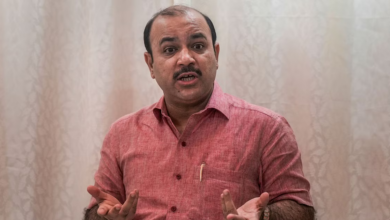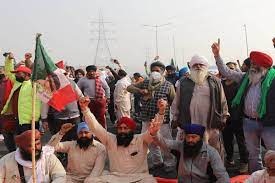First Underwater Metro: How German TBMs Designed Specifically Aided in Linking Kolkata And Howrah
Project specialists described some unexpected difficulties encountered during the building of the nation’s first under-river metro train operations, and the role that two specially-designed German tunnel boring machines played in overcoming them, as the train operations got underway in Kolkata.

The 4.8 kilometer subterranean section was officially opened by Prime Minister Narendra Modi on March 6; commercial activities on it started on March 15. This section of the 16.6-kilometer East-West Metro Corridor links Howrah and Kolkata via a tunnel that is 38 meters below ground level and travels 13 meters below the Hooghly riverbed.
Tunnel boring machines (TBMs) and their backup facilities, which cost approximately Rs 140 crore and weighed over 550 tonnes, were unique in many ways and played a significant role in the construction of India’s first under-river metro tunnel. This was stated by Afcons Infrastructure Limited, which won the contract for the project through an international bidding process in 2010.
“The ground in Howrah and Kolkata is very unstable and dangerous. Because the Hooghly River, which is now confined to a specific path, was once more prevalent in the city, there are still aquifers and underground narrow channels connected to the river that are dispersed throughout the city, according to Tamal Biswas, Project Manager at Afcons Infrastructure Limited.
“Before placing an order with a German company to produce two TBMs with many particular characteristics relevant to the project needs, a team of specialists evaluated the soil conditions and other parameters. We discovered that moving the TBMs between 31 and 39 meters under the river section was safe. The alignment’s tunneling depth is kept between 16 and 39 meters. In addition, Afcons worked with engineers from South Africa, Russia, and Europe who were skilled in building under-river tunnels.
Another project-related expert said, “Because we were new to this field, we recruited three to four foreign experts to understand the concept of tunnels in the initial period.”
When digging a tunnel under a surface, the boring machine often begins at one subterranean station and continues to the other. After that, it is removed, fully maintained, and put back in position to continue boring up to the next station.
The expert stated, “In our case, the TBMs were lowered 16 meters below the surface at the Howrah Maidan metro station and they continued to move underground for 4.8 km, covering three stations: Howrah (30 meters below the surface), Mahakaran (24 meters below the surface), and Esplanade (28 meters below the surface) without being removed because these stations were not yet operational.”
An additional unique feature of the TBM, according to an Afcons official, was that it could be turned into a submarine in the event that river water got into the tunnel and swamped it.
The official said, “This would have protected the tunnel structure already built as well as saved the lives of people working in the tunnel.”
Officials from Afcons recalled with affection an engineer whose untimely death in a traffic accident before the commencement of work deeply moved them, inspiring them to name the TBMs after his two daughters, Prerna and Rachna.
“We purchased these two TBMs in June 2011, but due to numerous problems and the delay in aligning everything, they remained unutilized until 2016.” We lost one of our engineers, Bimal Saha, in a car accident in 2015, about a year before the building project began, when he was traveling to the office, according to Biswas.
The whole crew was upset by the occurrence. We named these two TBMs after his daughters, Prerna and Rachna, as an homage to him since he was a very genuine and committed official. Biswas said that since the TBMs’ specifications were so special to the East-West Metro Corridor, they could not be used for any other underground metro tunnel projects now underway in the nation without requiring significant modifications.
We returned them to the manufacturer as iron scrap as a result. However, as a keepsake, we have a replica at our workplace,” Biswas said.
The East-West Metro Corridor was already operating for a 9.4-kilometer section, running from Salt Lake Sector 5 to Sealdah Junction. The 4.8-km subterranean section from Howrah Maidan to Esplanade beneath the Hooghly River will now operate as a shortened service due to the ongoing construction between Sealdah and Esplanade Station, which is about 2.4 km below.







